Simplicity and Consistency
Staying in shape and maintaining a heathy lifestyle isn’t complicated. That may be hard to hear but it’s true.
It’s understandable however, why you may think its complicated and difficult with seemingly each week bringing a new diet, a new training plan and the new science backed way to achieve rapid results. All that these ‘innovations’ do, is draw your attention away from a few key principles that when applied consistently will yield the results you want.
Simplicity + Consistency = Results.
The detail and specificity to which these steps are adhered to very much depend on where you are in your journey. For example, if you want to get from 30% to 20% bodyfat will have a much more relaxed plan than if you wanted to go from 10% to 8%, where every detail needs to be accounted for.
Regardless of the goal these steps will hep you continuously making progress toward a healthy lifestyle.
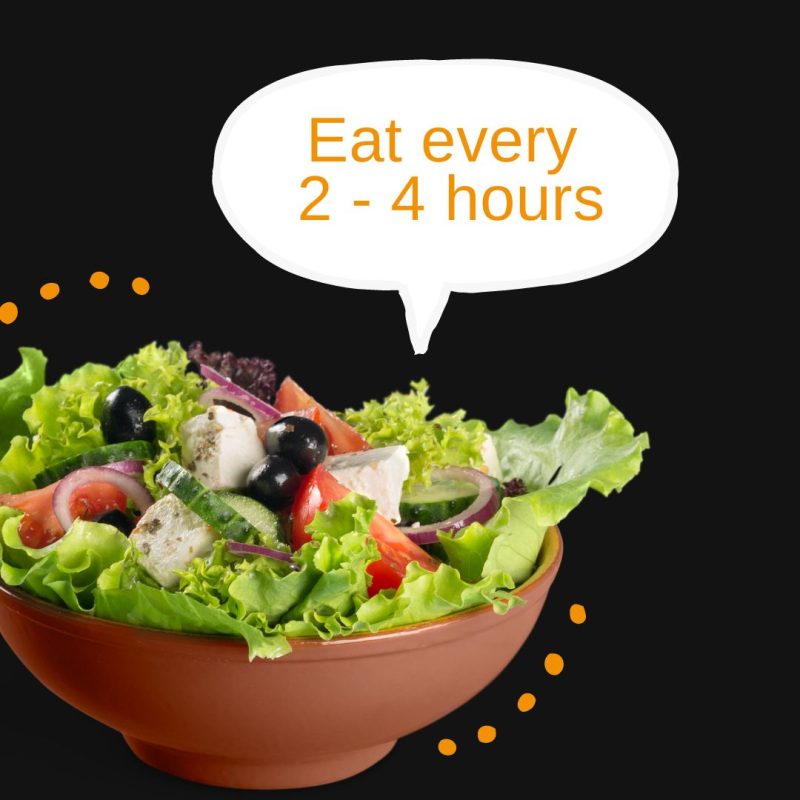
Eat every 2 to 4 hours
While the exact times are not important, the key takeaway here is to make sure you’re eating regular meals every day. Eating every two to four hours will generally work out to be between three to six meals a day. Where you fall on that spectrum depends on your lifestyle and most importantly, what you feel best on.
This habit is vital in maintaining blood sugar levels, which in turn will reduce any food cravings and hunger. From a compliance perspective, staying satiated is absolutely essential.
Eating far too little with excessive gaps in between meals is a recipe for disaster, and an ‘accidental’ binge will be just around the corner.
Protein at every meal
For the majority of people who want better body composition, improved strength or better quality of life, protein consumption is almost always inadequate. (If real body composition changes are what you are after, you must adhere to this habit).
A simple rule is this. For men, aim for 30-40g per meal, which is around 150-200g of an uncooked chicken breast. For women, aim for 20-30g per meal.
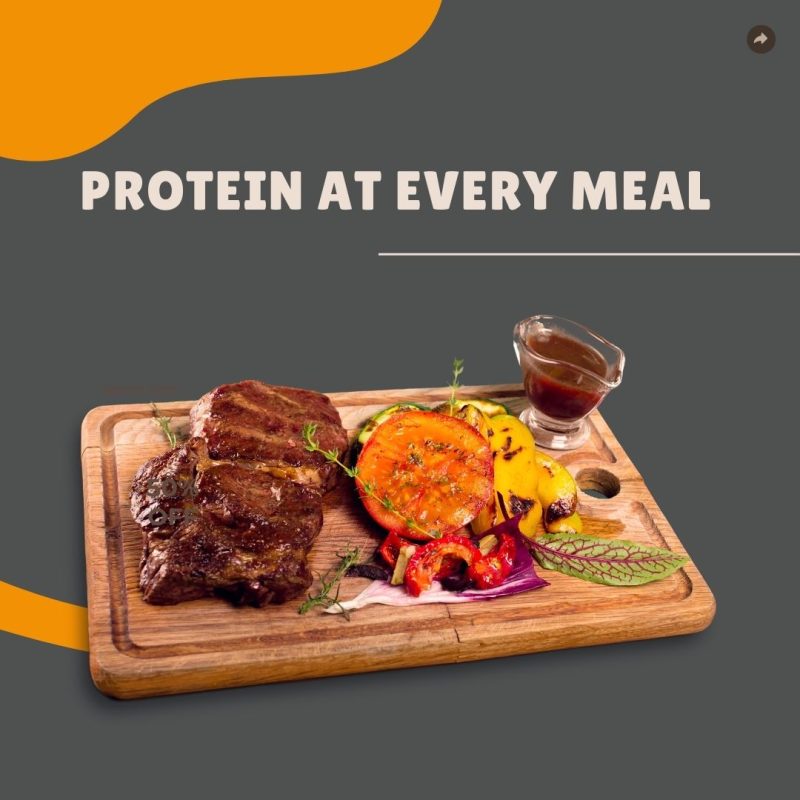
Why is protein essential?
It’s Satiating. Linking back, adequate protein intake will help keep you feeling full.
Think about this. How do you feel when you eat a cake, versus when you eat a steak?
The cake will likely leave you a little peckish after an hour whereas a steak will keep you full for at least the next three hours

High Thermic Effect of Food (TEF)
TEF refers to the increase in energy expenditure above resting metabolic rate due to the cost of processing food for use and storage.
Protein in comparison to carbohydrates and fats is much tougher to break down and digest. It’s more metabolically expensive and so costs the body more calories. Studies vary, but some have shown the TEF of protein being anywhere from 25-30%, whilst carbohydrates (5-10%) and fats (2-5%) are significantly less.
Growth and Repair
Protein’s primary role in the body is to grow and repair tissue. This ranges from your hair and skin, to more specifically your muscle cells.
If you’re training hard (which we’ll assume you are doing) your demand for protein increases. To create body compositional change, we need a higher level of training frequency, and so protein intake should reflect this.
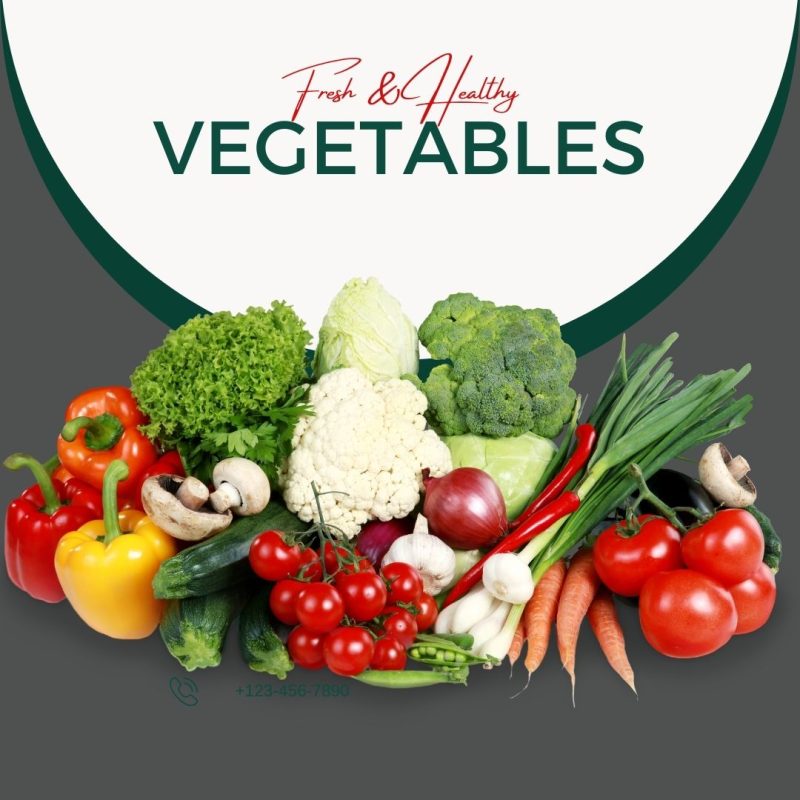
Eat veggies with each feeding opportunity
We all know that eating your vegetables is important…but why?
Here are three reasons:
Packed with vitamins and minerals.
No supplement can replace real food. Despite the diminishing quality of our vegetable farming, eating a wide variety of vegetables is still best for making sure your vitamin and mineral needs are met. It’ll also help with detoxification and suppression of inflammatory markers. So if you want to look younger, eat more vegetables.
Healthy digestion
Vegetables (especially green vegetables such as green beans, kale, broccoli etc.) are typically high in fibre, which will help keep you ‘regular’. This may be particularly important if following a lower carbohydrate diet.
Satiety
Satiety is something we keep coming back to. A sustainable diet is one that keeps you compliant, year round. Staying satiated is the easiest way to do this, as it prevents cravings, hunger pangs and any diet ‘outbreaks’.
Vegetables provide this through their high fibre content and overall food volume.
A good rule of thumb with vegetables is to make sure it covers at least a third of your plate. If you’re on a low-carbohydrate diet, make half a plate protein and half a plate veggies.
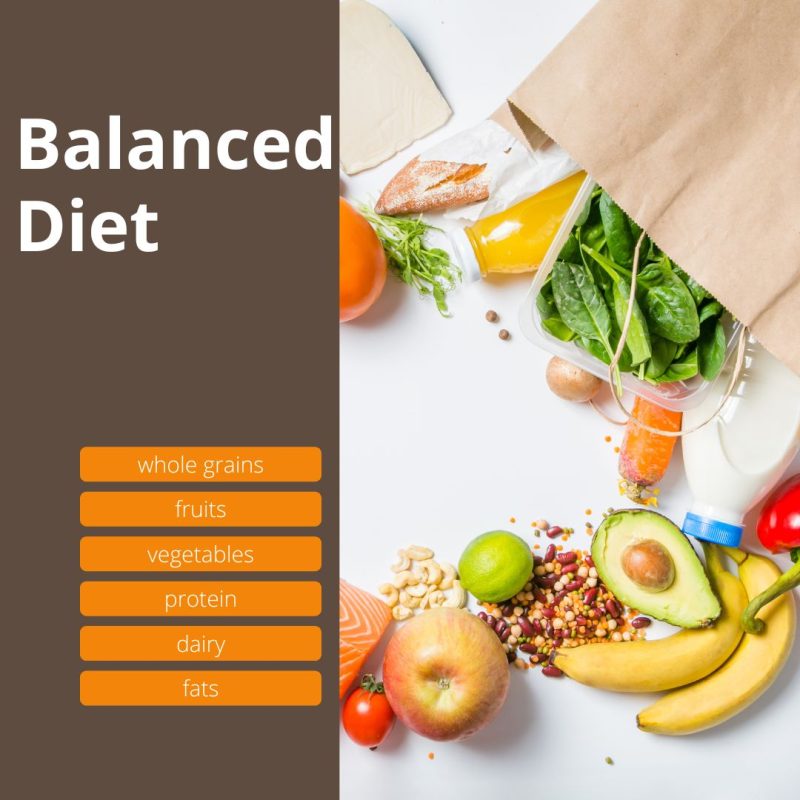
Don’t be afraid of Fat
Out of all the macronutrients, dietary fat has arguably got the worst reputation. It’s been linked to the obesity crisis, high cholesterol and even heart disease.
While dispelling those myths goes beyond the scope of this article, numerous studies have now proven that fat isn’t the bad guy.
If you want to live a lean and healthy lifestyle, you need fat. It’s an essential nutrient for the body.
Why is Fat important?
Fat is important for the absorption of fat-soluble vitamins through the small intestine (A, D, E and K). If you want the goodness from those veggies you’re eating, you need fat in your diet.
Fat is key in hormonal production.
Fat is a great energy source when on low carbohydrate diets.
So what determines ‘healthy’ fats?
It’s important to have a wide range of fats in your diet. Saturated (animal fat, eggs, coconut oil, butter), monounsaturated (olive oil, avocado, nuts) and polyunsaturated (fish oil, flax seed) fats all have their own role to play in the body. Worrying about how much of each can make things needlessly complex for the average person.
To make things simple, add a source of healthy fat a couple of times a day into your diet.
Avoid where possible the consumption of trans-fats, which are ‘man made’ and strongly associated with a number of health complications.
Time your Carbohydrates
Just like fats don’t make you fat, carbs aren’t the devil either. While not an essential nutrient in the body, there are some clear metabolic benefits:
Fuel high-intensity workouts.
Keeping some carbs around your training times can help boost performance, strength and recovery.
Increased muscle mass.
After training muscle protein breakdown is at its highest. Providing the body with carbohydrates at this stage can provide glycogen replenishment when you’re most sensitive, as well as an increased insulin spike which MAY create an environment for growth.
Better sleep
There are two times in the day we like to add carbohydrates: after training, and before bed. Simply put, carbs at night can help ‘relax’ the body and improve your sleep.
Good carbohydrate choices include a 1-2 cup serving size of basmati rice, sweet potatoes or oats.
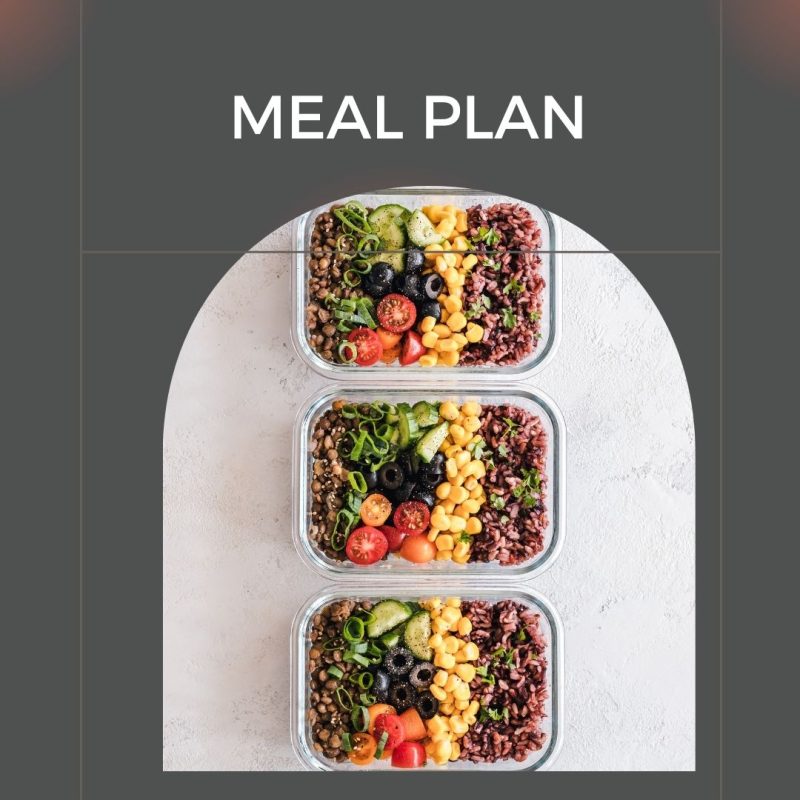
The takeaway…
Meal plans and diet protocols have their place especially when certain goals require absolute precision, be it body composition, athletic performance or for health reasons. In those instances unless you have a very good knowledge of nutrition we’d always advise you seek a professional opinion.
For general health, longevity and above average body composition the above principles should allow you to be consistent without having to get too granular in counting calories or macros. It’s worth noting, (as we seem to be afraid of admitting it out loud) that its perfectly fine to want to lose a bit of fat or build a bit of muscle regardless of how ‘fine’ you may appear to your nearest and dearest. Whether you are a man or a woman carrying less fat and having more muscle is undeniably better for your long term health, activity and mindset.
(Article informed from Ultimate Performance Blog and fitbod me)

